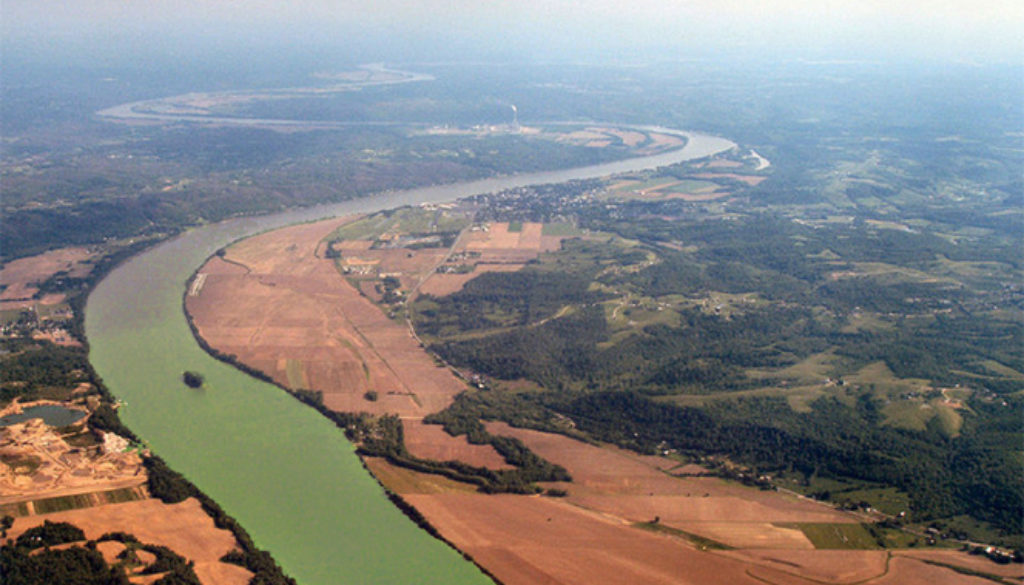EPA Flunks Science 101 With Its Dirty Water Rule
By Jon Devine, Natural Resources Defense Council
The Trump administration’s plan to radically restrict which water bodies are protected by the Clean Water Act is “simplistic.” It “neglects established science,” introduces “substantial new risks to human and environmental health,” and excludes water bodies that pose a “serious threat to public health and safety.” Furthermore, the rule may “not fully meet the objectives” of the law.
That’s not me or some other environmental advocate talking. Those quotations are from the U.S. Environmental Protection Agency’s Science Advisory Board, which is composed of scientists appointed by Trump’s EPA leaders.
That’s right. Former administrator Scott Pruitt and his successor, Andrew Wheeler, purged the EPA’s independent panel of science advisors and then re-staffed it with people they chose. After doing so, the agency must’ve been expecting the new board members to rubber-stamp its rollback agenda. However, even they gave EPA’s Dirty Water Rule a flunking grade.
A recent draft letter from the board to Wheeler is the most damning evidence yet of how dangerous the EPA’s scheme is and how far the agency is willing to go to help oil and gas operators, mining companies, factories, and other industrial polluters—at the cost of the clean water we all rely on.
What’s clear from the board’s draft review of the proposal—which is set to be finalized in the next few days or weeks by the EPA and the Army Corps of Engineers—is that this rule fails the most basic of regulatory tests: It has no basis in the available evidence, and it goes against the core purpose of the Clean Water Act.
The EPA’s proposal “does not support the objective [in the law] of restoring and maintaining ‘the chemical, physical and biological integrity’ of these waters,” the scientists’ draft comments on the proposal conclude. As proposed, the regulation “decreases protection for our Nation’s waters.”

Protect Clean Water
The Science Advisory Board (again, this is a board with a majority of members appointed by the Trump administration) also compared the Trump plan to the prior rule, adopted under President Obama in 2015. That rule relied on thousands of scientific publications to demonstrate how different types of small and seasonal waters and wetlands can affect conditions in downstream rivers, lakes, and bays. The Obama rule protects those critical waters; the Trump rule wouldn’t.
“The proposed Rule offers no comparable body of peer reviewed evidence to support such a departure, and no scientific justification for abandoning the more expansive view of connectivity of waters accepted by current hydrological science,” the scientists conclude. The “Rule neglects established science pertaining specifically to the connectivity of ground water to wetlands.”
Ouch. That must have stung.
The advisors issued five specific critiques of the Trump plan:
- First, it fails to “fully incorporate” the results of the EPA’s prior review of the copious scientific evidence.
- Second, it specifically fails to address the effects that groundwater has on surface waters’ condition.
- Third, the rule excludes certain waters, even though their pollution can lead to E. coli outbreaks on leafy green vegetables and can pose other “established and serious threat[s] to public health and safety.”
- Fourth, the rule unnecessarily excludes protections for wetlands that don’t abut larger rivers or lakes, despite strong scientific evidence that they are critically important.
- Fifth, the rule adopts a simplistic approach that protects only those waters with a clear surface-water connection to larger water bodies, an approach that “neither rests upon science, nor provides long term clarity.”
So there you go. A disregard for science, a carve-out for water bodies that can sicken you, and a simplistic approach that will cause more confusion. Does this sound like a plan that’s in the best interests of Americans? It doesn’t to me, and that’s why we are going to keep doing all we can to fight this illegal regulation.

